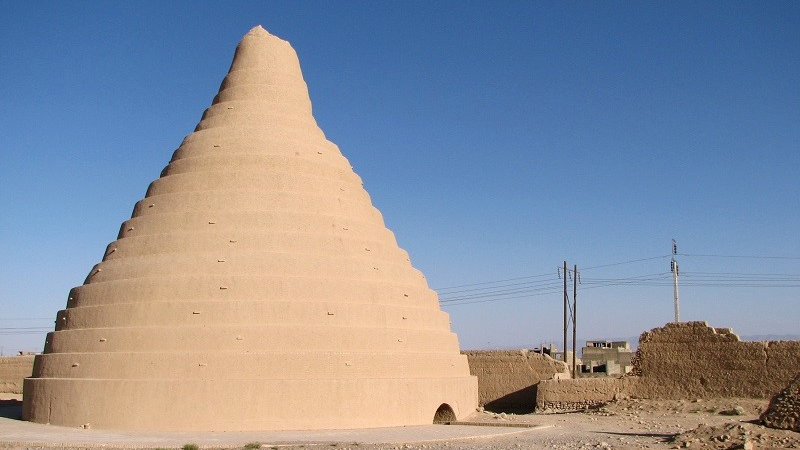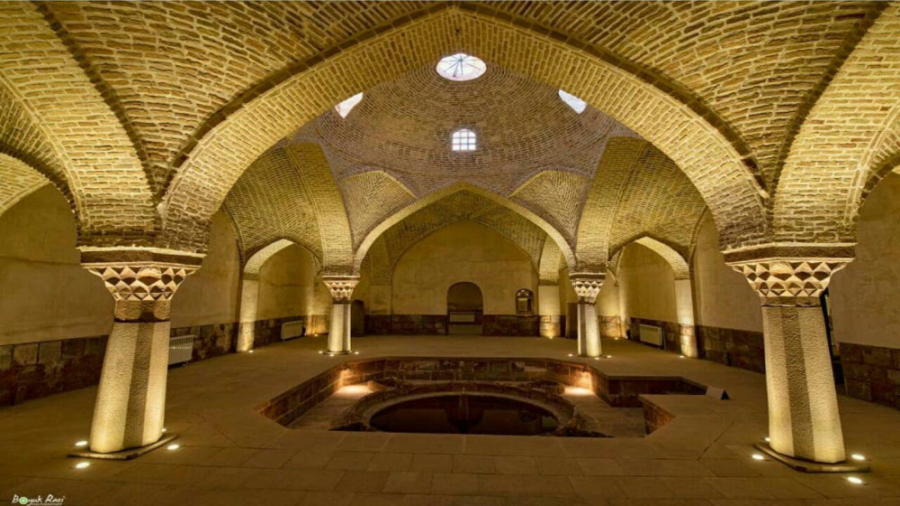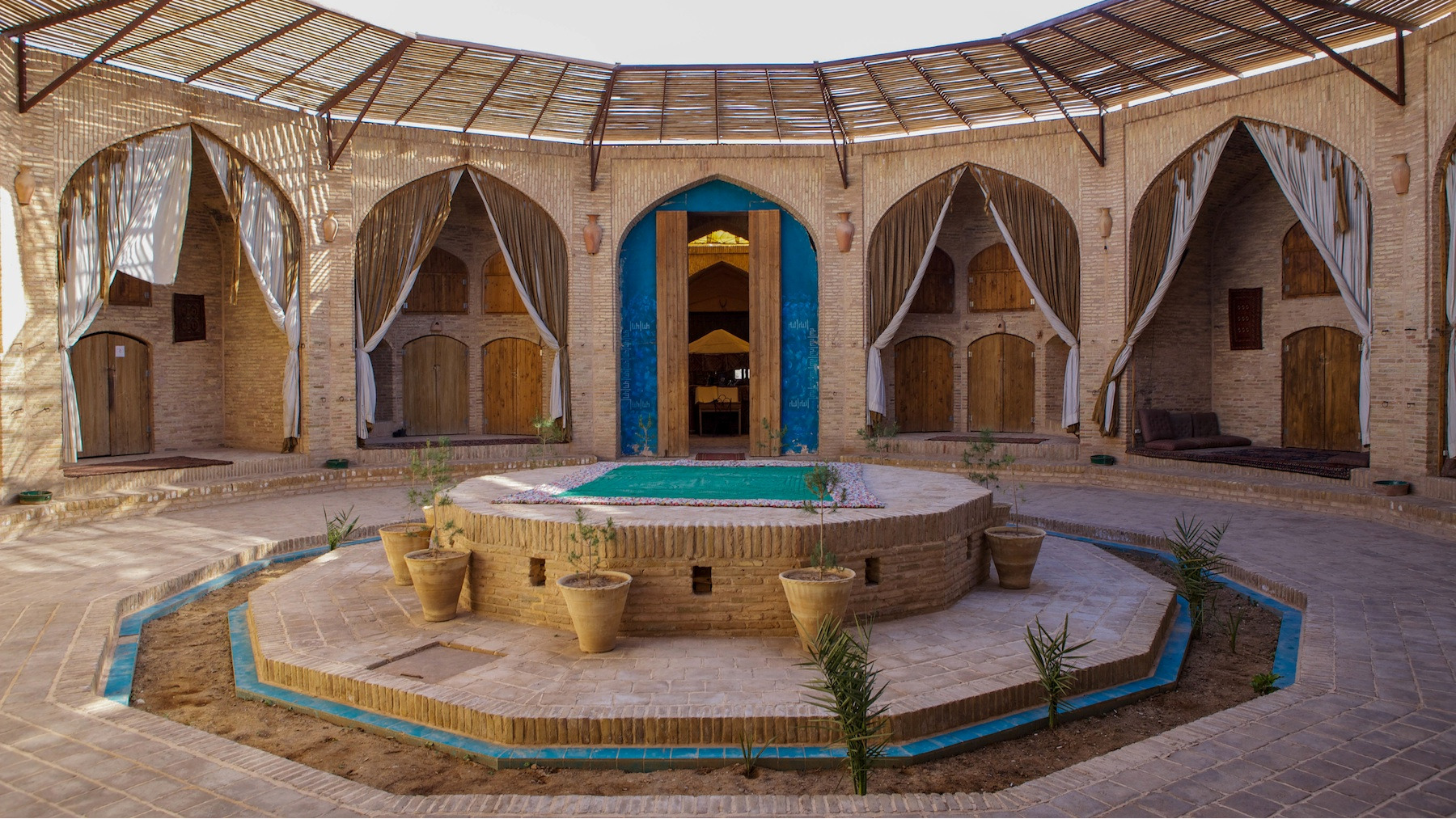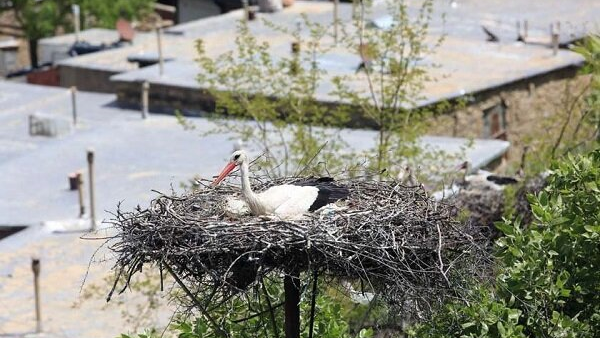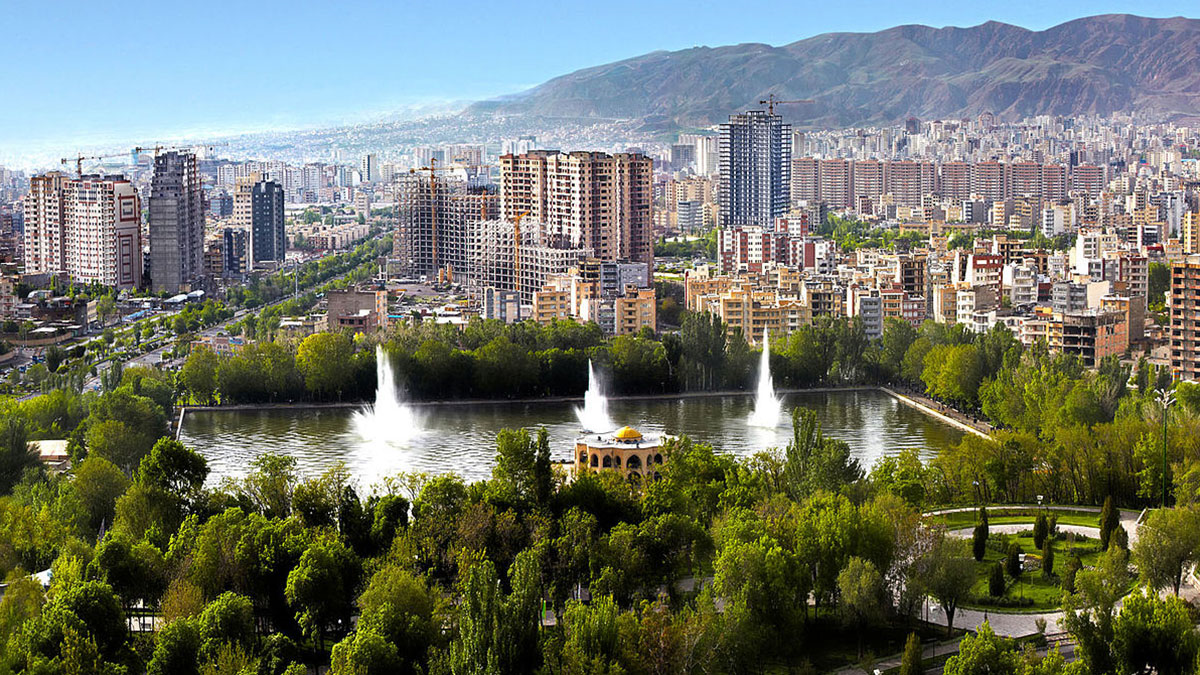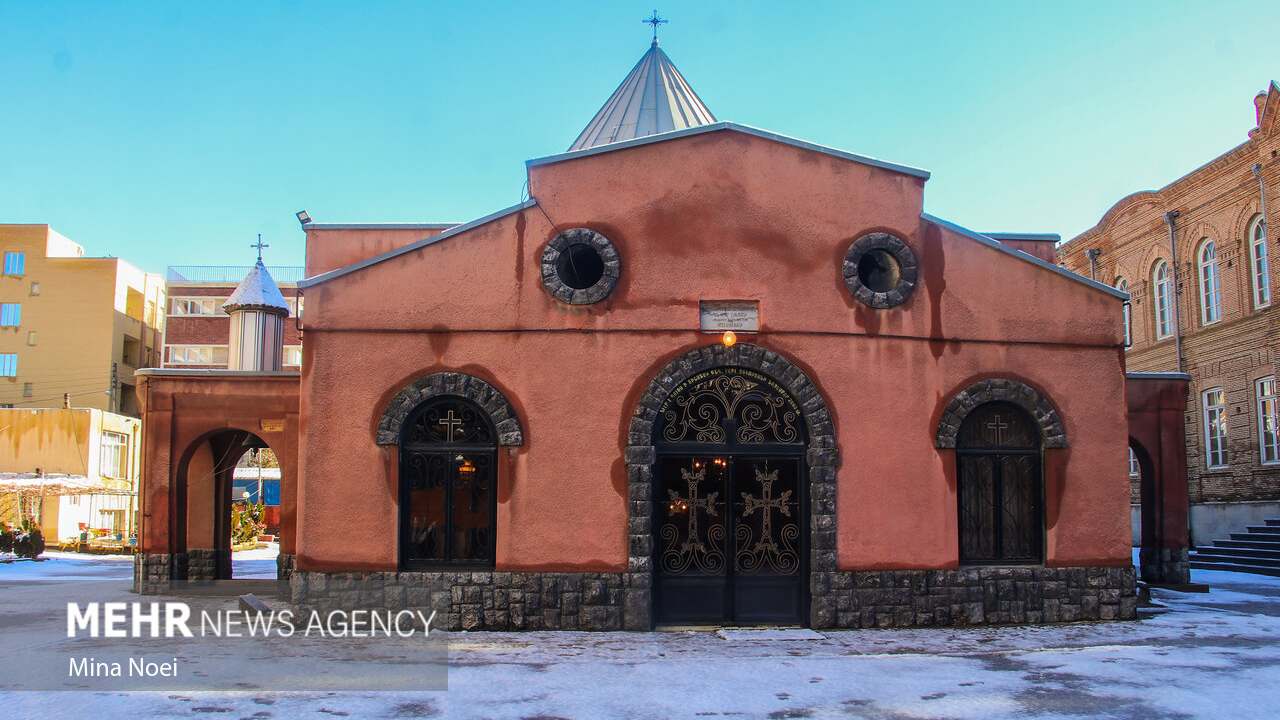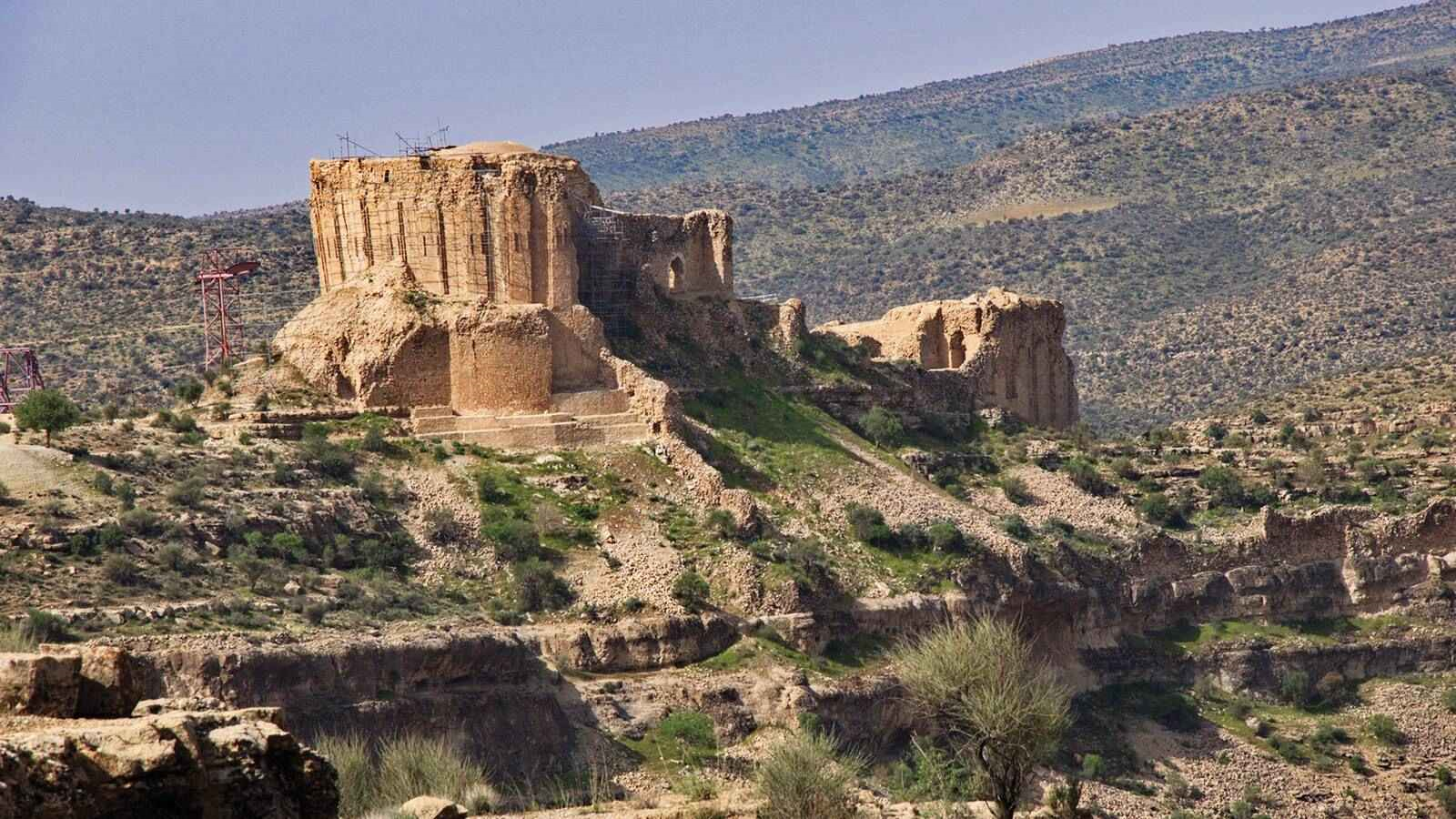
Saint Stepanos Monastery
Armenians are the largest group of Iranian Christians the main center of whose settlement is East Azarbaijan province of Iran. They also live in such Iranian cities as Tehran, Isfahan, Shiraz, Rasht, and Arak. They have been living in these areas since the distant past, and have constructed many significant historical monuments. The Saint Stepanos Monastery, which is known as the second most important Armenian church in Iran after Qarah Kelisa (The Monastery of Saint Thaddeus), is one of these historical sites, which is located 17 kilometers west of Jolfa city and three kilometers from the southern bank of Aras River, in a place called “Qezal Wang” or “Red Monastery”.
Saint Stephen (Stepanos) was a Christian saint who was stoned to death in Jerusalem towards the end of 36 AD. He is considered one of the first martyrs of Christianity and churches are named after him all over the world.
History of Saint Stepanos Monastery
Although the exact date of the construction of this monastery is not known, the oldest available source in which it has been mentioned dates back to 649 AD, i.e. the early expansion of Christianity about 1400 years ago.
There are, however, some experts who believe this monastery was established after Catholicos Khachik, the religious leader of the Armenians during the reign of Ashot I over Armenia, appointed the archbishop of the Balkans as the caretaker of the Vang of Saint Stephen in 976 AD and the construction expense were covered by the king. The architectural style of the monastery strengthens the theory that this place was founded sometime between the 10th to 12th centuries AD.
There is a similar church on the northern shore of the Aras River, which has made some experts consider the simultaneous construction of both churches during the time of a government that ruled on both sides of the Ares River.
This monastery is not merely considered a place of worship but has been a place for the gathering of artists, philosophers, historians, and scientists, and educating and training Christian priests and monks. Many calligraphers have made copies of the books available in this church. There had also been some painters and decorators whose main task was to decorate books. This has made the Saint Stepanos Monastery to be known as one of the centers of Armenian calligraphers, most of whose works are presently kept in the libraries of Armenia and Italy.
Architecture and Features of St. Stepanos Monastery
The architectural design of this building is a combination of Urartu, Parthian, and Roman architectural styles, which is also known as the “Armenian style” of architecture. The carved dome of the church is the first part of the building that stands out from a distance. The church is located inside a stone fence, which is called “Vang” in Armenian. The main entrance of the building is located in the west and several stone reliefs can be seen in different walls of the building.
Different Parts of the Monastery
One of the most impressive parts of the building is the bell tower, which is located on a tower connected to the south wall. There is a pyramidal and octagonal dome eight red stone cylindrical columns of tower, with beautiful capitals.
The main chapel of the church is a room measuring 16 x 12 meters. “Daniel’s Chamber” is also a hall connected to the main wall of the church, which is six meters wide and 20 meters long. This hall has been the venue for gatherings and baptisms. The monastery also has a museum that narrates part of the history of the church and Armenians.
Restorations
This monastery has undergone restorations a couple of times during the Safavid era between the years 1643 and 1655 AD and during the Qajar era. There is an inscription in this building, which shows that in 1829 AD Abbas Mirza, the crown prince of the time, bought a village in the “Darrehsham” region, which is now abandoned, and donated it to the church.
During the course of the last restoration of the building in 2005, some bones were discovered between the two arches of the church, which are believed to be related to some saints.
Saint Stepanos Monastery was inscribed on the list of Iran’s national heritage in 1962. Sometime later, the file of this church, together with the file of two other sites of Chapel of Dzordzor and Qarah Kelisa, was sent to UNESCO and was finally inscribed on UNESCO’s List of World Heritage List in 2007.
Although the exact date of the construction of this monastery is not known, the oldest available source in which it has been mentioned dates back to 649 AD, i.e. the early expansion of Christianity about 1400 years ago.
| Name | Saint Stepanos Monastery |
| Country | Iran |
| State | East Azerbaijan |
| City | Jolfa |
| Type | Historical |
| Registration | Unesco |
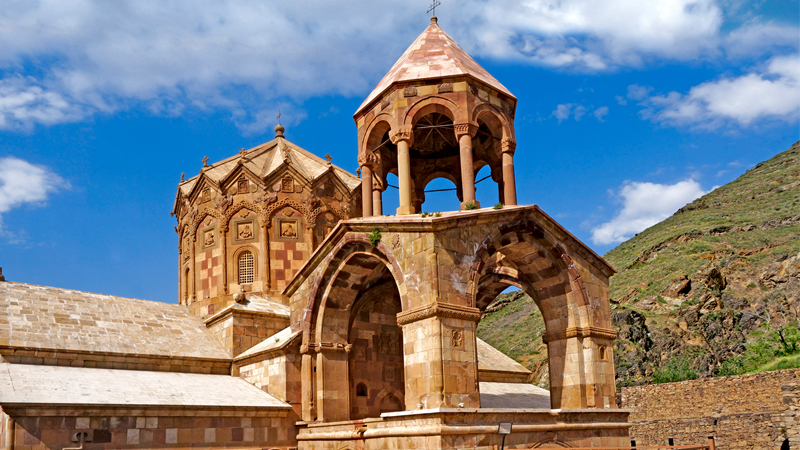
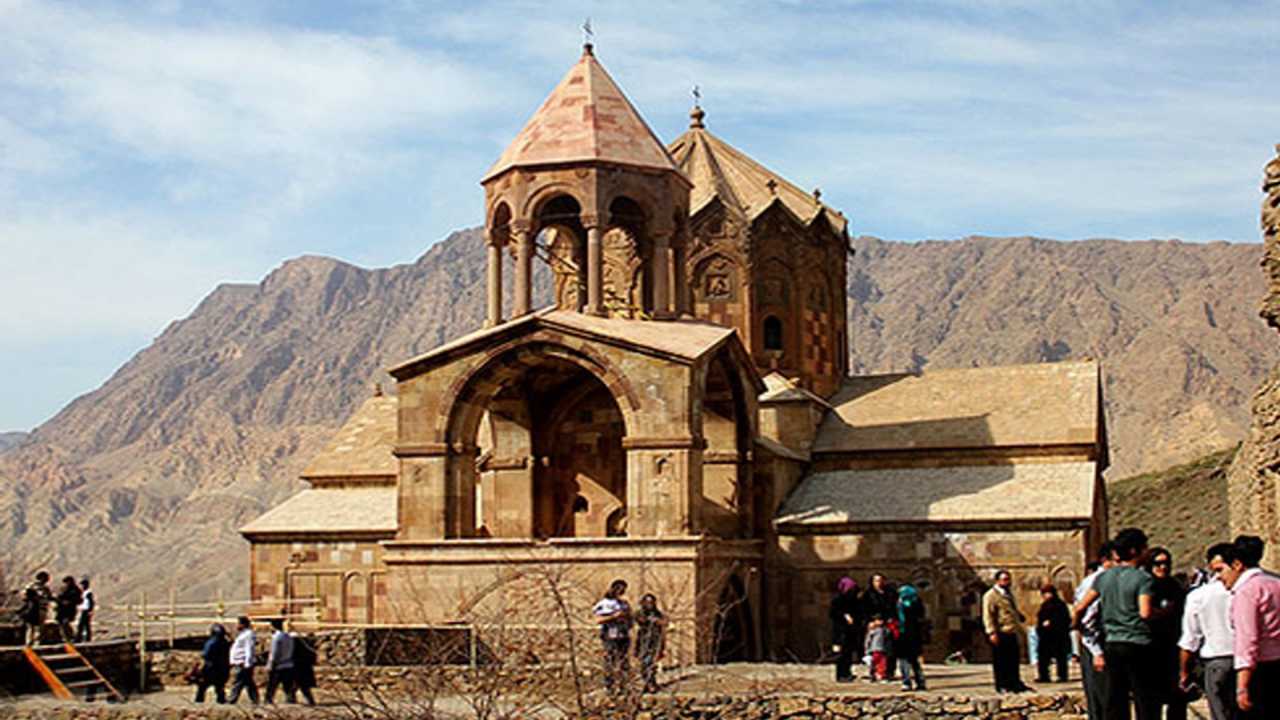
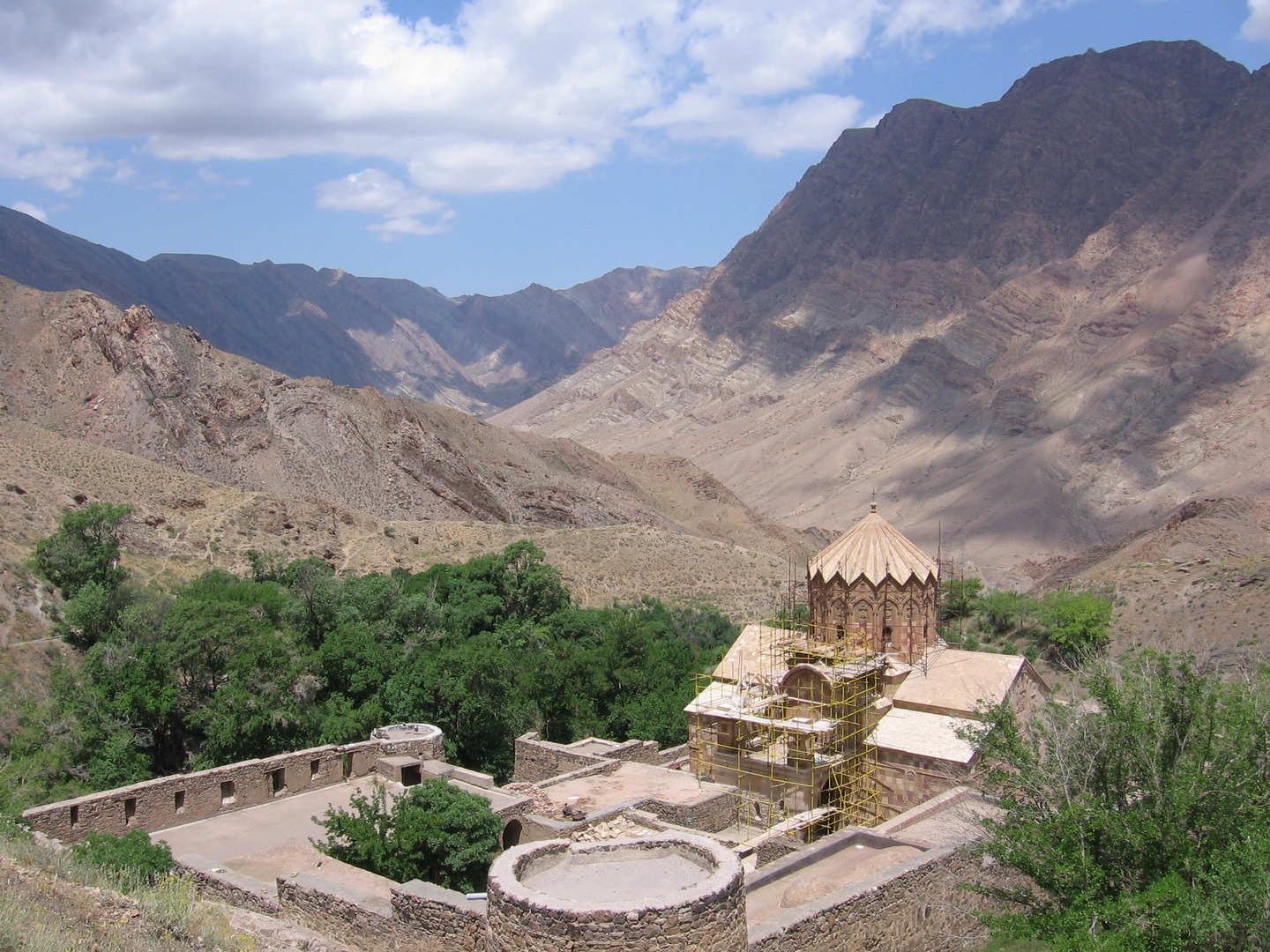
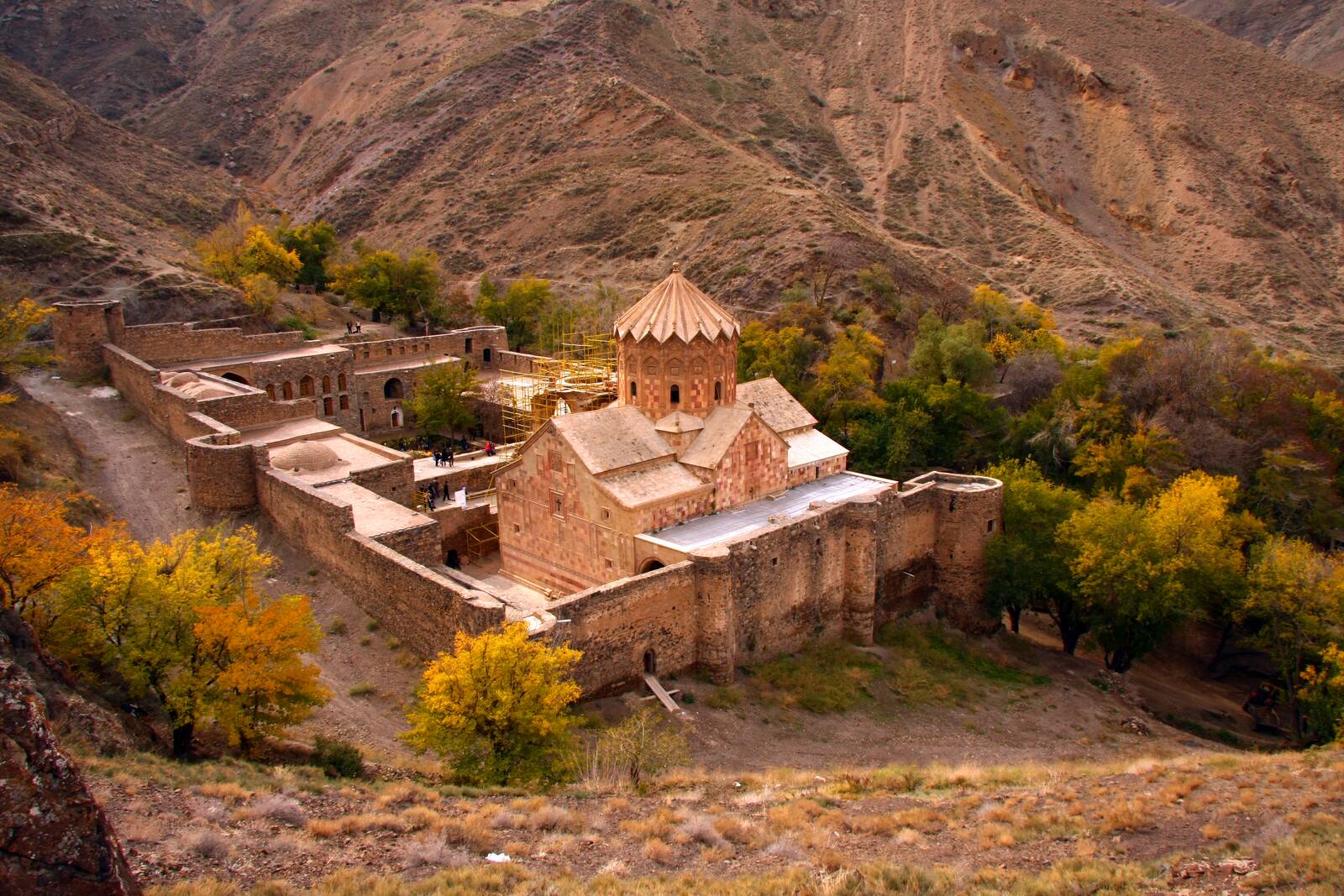






Choose blindless
Red blindless Green blindless Blue blindless Red hard to see Green hard to see Blue hard to see Monochrome Special MonochromeFont size change:
Change word spacing:
Change line height:
Change mouse type:

